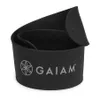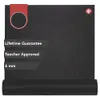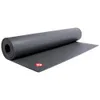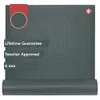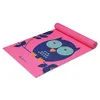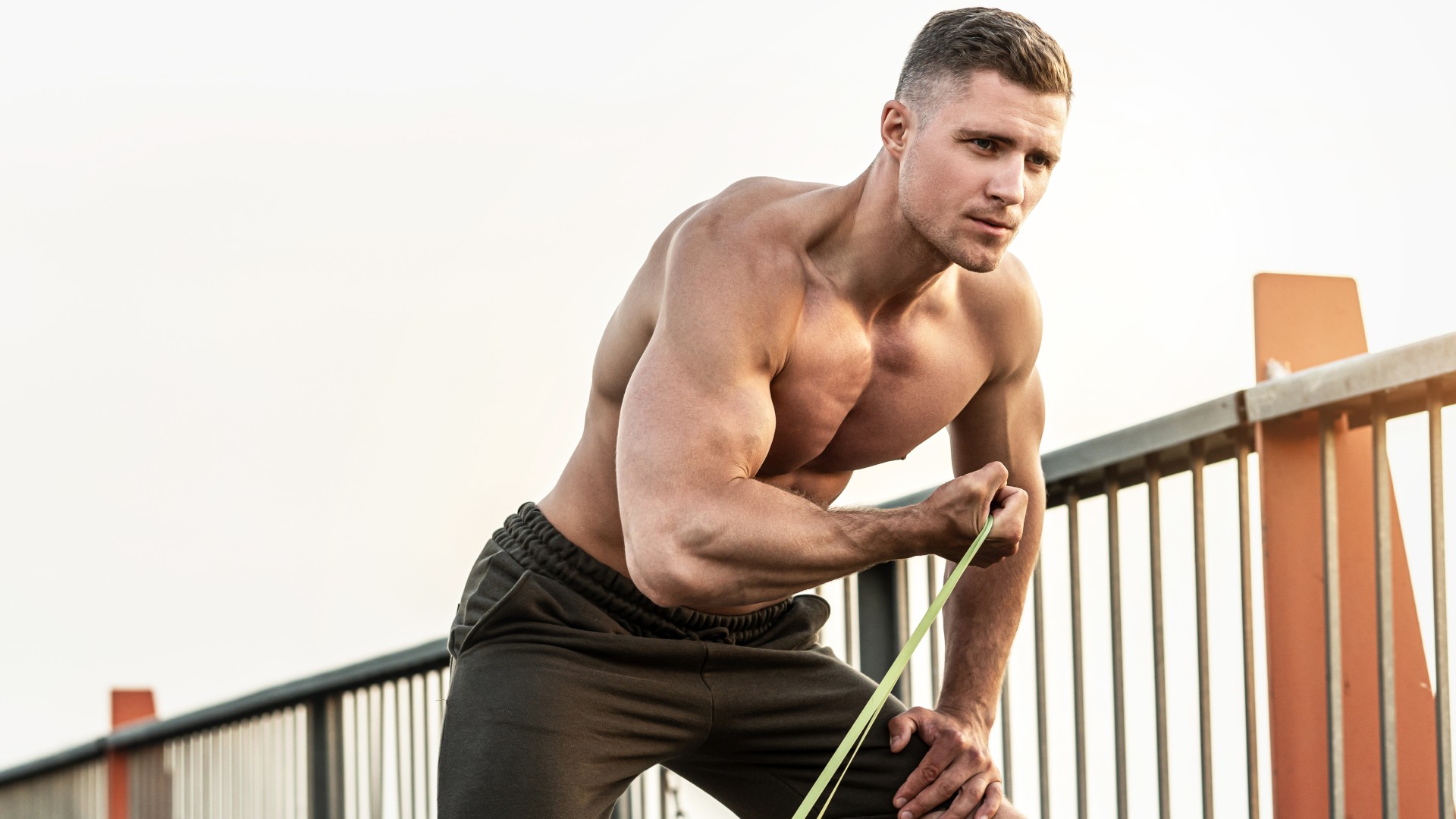
Shoulder rehabilitation just got even more accessible with this four-move mobility routine to relieve upper body tension and strengthen your shoulders.
Strength and conditioning coach Vernon Griffith, named 2024 NSCA Tactical S&C Coach of the Year, is known for developing body-bulletproofing mobility series for anyone from athletes to beginners, and this routine is totally free to follow. It can be used as shoulder prep before upper body workouts or as a standalone strengthening regime for weak or unstable shoulders.
Here’s how to follow the short upper body routine and the benefits.
Watch Vernon Griffith’s 4-move shoulder mobility routine
You’ll need one or two of the best resistance bands and a set of light weights to do this routine, or if you have limited equipment, pick and choose which shoulder exercises you want to add to an existing routine. Griffith uses light plates but you could also hold dumbbells.
To access a full range of motion during some of these moves, using a workout bench or box is ideal.
A post shared by Vernon Griffith CSCS*D TSACF*D (@vernongriffith4)
A photo posted by on
Half-kneeling face pull x external rotation to press
Griffith recommends “using two bands so the resistance is a little more consistent and manageable,” but you could easily wrap one band and slide your hands through both ends instead.
Start in a half-kneeling position with your resistance bands looped and secured to something stable in front of you at roughly chest height. Place your hands through the ends of the bands with palms facing away from you. Extend both arms in front of you at chest height and engage your core, keeping tall through your spine without flaring your ribs.
Get instant access to breaking news, the hottest reviews, great deals and helpful tips.
Start with tension through the band, so position yourself far enough from the anchor point to remove any slack. Pull the bands toward you and draw your shoulder blades together, bending the elbows to create a 90-degree angle with both arms. Then, drive both arms overhead and extend your elbows; keep a straight line without allowing your arms to move forward. Reverse the movement through to the starting position.
The thicker the band, the more resistance your upper body will face during external rotation.
Y-raise to W-press
“Stay rigid to the bench and try to isolate the shoulder with light weights focusing on the movement,” says Griffith.
Position a bench on a 45-degree angle and lay with your stomach flat on it, feet resting on the ground on either side. Your chin should rest just over the top of the bench. Hold a light weight in each hand and brace your core muscles.
Start with your elbows bent and arms at 90 degrees, palms facing downward. Drive both arms overhead, fully extending the elbows, then lower both arms toward your thighs. Reverse the movement by lifting your arms overhead, then re-bend the elbows and draw your arms back to the 90-degree angle. With arms bent, you create the W-shape, and with arms extended, you create a Y-shape.
Prone weighted shoulder butterflies
Go light for this “loading rotation” exercise so you can maximize your range of motion.
Lay on your stomach and brace your core, thighs, glutes and back muscles. Hold a weight in each hand. Start with your arms extended in front of you, raised away from the ground, palms facing the ground.
Keeping full-body tension, sweep the arms backward toward your hips as you rotate your palms to face the ceiling. Bring the weights to lightly touch behind your lower back, then reverse the motion to the starting position, rotating the weights to face downward again.
Think about fluid motion rather than a stop-start approach and engage your back muscles throughout.
Supported Ys, Ts and As
Each of the three arm positions should look like a Y, T, or A. Start in the same position above using your bench and hold a weight in each hand. Engage your core muscles and keep your chin slightly tucked.
Raise your arms overhead using a neutral grip (palms facing each other) and squeeze your shoulders at the top (Y), then lower your arms in front of you (the raised bench allows this) and drive both arms out to the sides (T), squeezing your shoulder blades together with palms facing the back of the room.
Drive the weights toward each other in front of you again using a neutral grip, then finally, draw your arms backward toward the hips (A), keeping a soft elbow bend throughout and palms facing the back of the room. Repeat.
The exercise teaches you to load your shoulders from a supported prone position through different angles, strengthening the shoulders in all directions.
What are the benefits of the shoulder mobility routine?
The “loaded mobility” routine combines strength and mobility, which helps to increase the range of motion of the scaps, shoulders and upper back and build healthy shoulders. If you’re heading into a push-based workout (think chest and triceps day), this routine is great prep. And you don’t need much weight to reap the rewards.
Each movement should be performed with control rather than speed, so focus on moving mindfully and squeezing the muscles of the upper body throughout to maximize tension.
In terms of your breath, Griffith says: “Unless I’m looking to exhale into a deeper range of motion or brace for stability I normally let the client dictate that.” But crucially, avoid holding your breath.
Control, flexibility and mobility are key to building a strong body, so remove your ego from the routine and move light. If you experience pain, stop immediately and speak with a qualified personal trainer or physician for advice.
More from Tom's Guide
- This one-minute stretch opens your hips and builds upper body flexibility
- No, not planks! Use this 5-minute standing ab workout to build core strength and improve your posture instead
- Best dumbbell shoulder exercises to try at home

Sam Hopes is a level 3 qualified trainer, a level 2 Reiki practitioner and fitness editor at Tom's Guide. She is also currently undertaking her Yoga For Athletes training course.
Sam has written for various fitness brands and websites over the years and has experience across brands at Future, such as Live Science, Fit&Well, Coach, and T3.
Having coached at fitness studios like F45 and Virgin Active and personal trained, Sam now primarily teaches outdoor bootcamps, bodyweight, calisthenics and kettlebells.
She also coaches mobility and flexibility classes several times a week and believes that true strength comes from a holistic approach to training your body.
Sam has completed two mixed doubles Hyrox competitions in London and the Netherlands and finished her first doubles attempt in 1:11.
